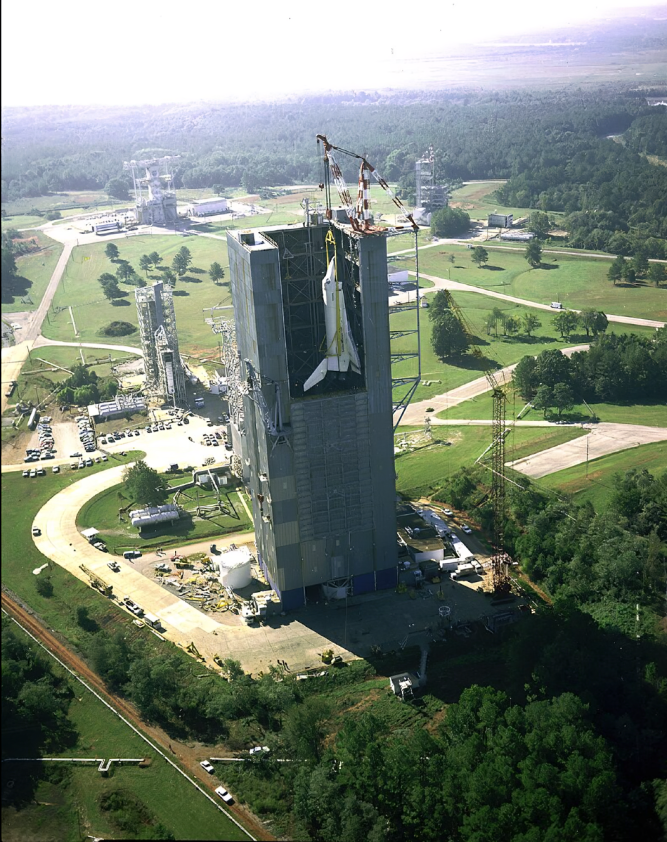The Space Shuttle Enterprise, the prototype for NASA’s Space Shuttle program, underwent a series of critical tests at the Marshall Space Flight Center in 1978. These tests were part of the shuttle’s approach and landing test program, which was crucial for validating the shuttle’s design and ensuring its safety and functionality before it entered operational service.
At Marshall Space Flight Center, located in Huntsville, Alabama, the focus was on the shuttle’s performance during atmospheric flight. The tests involved a range of activities, including:
Free-Flight Tests: These involved releasing the Enterprise from a NASA 747 Shuttle Carrier Aircraft (SCA) to simulate a gliding descent from space. The tests were crucial for assessing how the shuttle handled re-entry and landing maneuvers.

Landing Gear and Systems Testing: Engineers evaluated the shuttle’s landing gear and systems to ensure they could withstand the stresses of landing and safely bring the vehicle to a stop.
Aerodynamic Testing: Data was collected on the shuttle’s aerodynamic performance to confirm that the vehicle behaved as expected during different phases of flight, such as glide and approach.
Control and Navigation Tests: Tests were conducted to assess the shuttle’s control and navigation systems, ensuring that the crew could effectively guide the shuttle during its descent and landing phases.
The Enterprise itself was an unflown prototype, meaning it was not equipped with engines or capable of spaceflight. Its primary purpose was to provide valuable data on the shuttle’s performance in the atmosphere and its landing characteristics. The data collected from these tests helped refine the design and operational procedures for the later shuttles that would carry astronauts into space.
The tests at Marshall Space Flight Center were a key part of the overall approach and landing test program, which also included similar tests at other facilities, such as Edwards Air Force Base in California. The successful completion of these tests paved the way for the Space Shuttle program to proceed with its subsequent missions, eventually leading to the first spaceflight of the Space Shuttle Columbia in 1981.